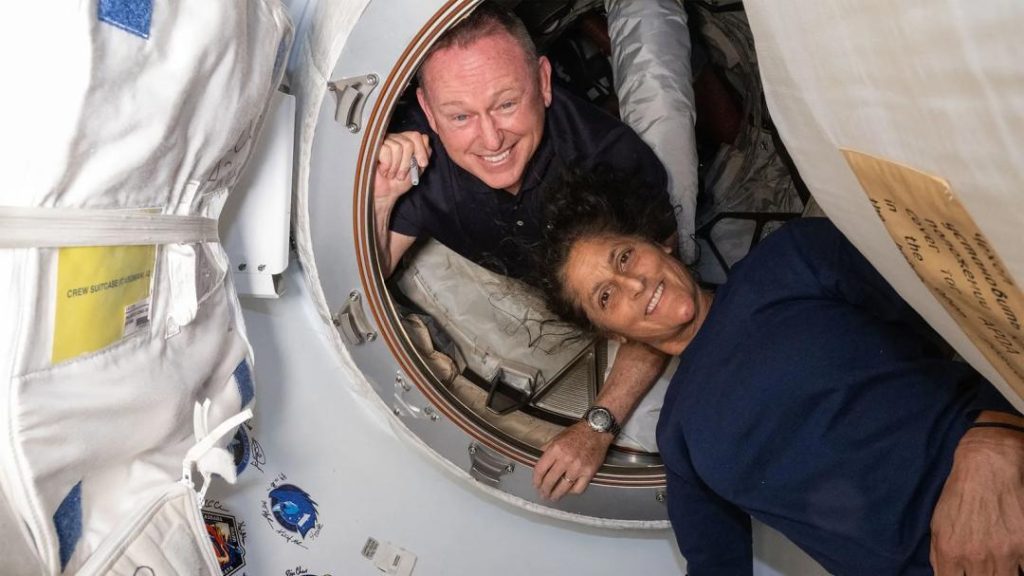
What Challenges Will Sunita Williams and Butch Wilmore Face After Returning to Earth?
As astronauts Sunita Williams and Butch Wilmore prepare to return to Earth next week, they are likely to face a host of challenges that will make their transition back to the terrestrial world a difficult one. The duo has been living and working in space for several months, and their bodies have adapted to the microgravity environment in ways that will take some time to reverse.
One of the most significant challenges they will face is the loss of bone density. Prolonged exposure to microgravity causes the body to lose bone density, a condition known as osteoporosis. This can lead to fragile bones that are prone to fractures, making even simple activities like walking or standing a challenge. In fact, astronauts have been known to experience a 20% loss of bone density after just six months in space.
To counter this loss, Williams and Wilmore will need to engage in a rigorous exercise program to stimulate bone growth and density. This will likely involve a combination of strength training, cardiovascular exercise, and flexibility exercises to help them regain their physical strength and mobility.
Another challenge they will face is the development of “baby feet”. In space, the feet and legs are not subjected to the same level of gravitational stress as they are on Earth, which can cause the muscles and tendons in the feet to atrophy. This can lead to a condition known as “space feet”, where the feet become soft and weak. When they return to Earth, Williams and Wilmore will need to adjust to the gravitational forces that cause the feet and legs to work harder, which can be a painful and difficult process.
The loss of blood volume is another challenge that Williams and Wilmore will face. In space, the body’s blood volume expands due to the lower gravity, which can lead to a condition known as orthostatic intolerance. This can cause dizziness, nausea, and even fainting when they return to Earth, where the blood volume contracts due to the increased gravitational force. To counter this, they will need to drink plenty of water and engage in gentle exercise to help their bodies adjust to the change in blood volume.
Other challenges they may face include:
- Vision changes: Prolonged exposure to microgravity can cause changes in the shape of the eye, which can lead to blurry vision or difficulty focusing.
- Sleep disturbances: The lack of a regular day-night cycle in space can disrupt the body’s natural sleep patterns, leading to insomnia or other sleep disorders.
- Immune system suppression: The immune system can be suppressed in space, making astronauts more susceptible to illness and infection.
- Radiation exposure: Astronauts are exposed to higher levels of radiation in space, which can increase their risk of cancer and other health problems.
Despite these challenges, Williams and Wilmore are expected to make a smooth transition back to Earth. They will undergo a thorough medical examination and participate in a rehabilitation program to help their bodies adjust to the gravitational forces and other changes they have experienced in space.
In an interview with the Hindustan Times, Dr. Kevin Fong, a physician and NASA researcher, noted that astronauts like Williams and Wilmore are highly trained and prepared for the challenges they will face after returning to Earth. “They are incredibly resilient individuals who have been trained to handle these types of challenges,” he said. “They will undergo a thorough medical examination and rehabilitation program to help them adjust to life back on Earth.”
As Williams and Wilmore prepare to return to Earth, they will be joining a select group of astronauts who have experienced the challenges of space travel. Despite the difficulties they will face, they are likely to emerge from their space adventure with a newfound appreciation for the beauty and complexity of the human body, and a deeper understanding of the challenges and opportunities that come with space exploration.






